The current competitive Counter-Strike: Global Offensive map pool is currently a point of controversial discussion among professionals and top analysts alike. Valve’s absolute control over the “Active Duty” maps has always been a talking point among concerned esports fans, however, the current dilemma gained prominence when Inferno was removed from the pool in place of Valve’s new version of Nuke.
Inferno, though not a perfect map, was a favorite for many professional teams and served as the battleground for some of the best matches in Counter-Strike history. Especially compared to the poorly optimized, cluttered and superficially boring new Nuke, Inferno was clearly superior. Because the Counter-Strike community in general was not against rotating fresh maps into the active duty pool, the question arose as to which maps should have been replaced instead of the beloved Inferno. Some argued that the meta of the once timeless Dust II had gone stale and a fresh new map was needed in its place, while others wanted the one-dimensional Cobblestone to be rotated out. However one believes the map pool should change, the fact is that many people are in favor of a ‘refreshing’ of the map pool when certain maps lose their flavor. For a classic game series like Counter-Strike, in which large changes to the core game are rarely appreciated, occasionally updating the map pool should not be a blasphemous concept.
Any system is better than no system: Don’t get discouraged, Valve
The best way to describe the current map rotation system, is that there is no system. Valve, with seemingly no sense of timing, makes whatever changes to the pool they see fit, whenever they see fit. This led to the addition of Cobblestone and Overpass only one month before ESL One Cologne 2014, arguably a key factor in Ninjas in Pyjamas’ victory at the major, as they were able to win a chaotic game on the randomly selected Cobblestone against Cloud9 in their semifinal match. The addition of Nuke in place of Inferno before the Cologne major this year led to teams, even with more time to prepare, actively avoiding it and playing low quality games when it was picked. Even now, with Nuke in the map pool at five months, few teams show any kind of tactical understanding of the map. The new Nuke, unfortunately, has proven something of a dud. However, situations like the new Nuke and Cologne 2014 should not discourage Valve from changing the map pool in a healthy way.
By making changes to the map pool a standardized process, Valve would give adequate time before majors to allow teams to develop greater tactical mastery of the map as well as generate some degree of excitement surrounding the new pool. Cache, the new Train and the current Overpass are all incredible maps that teams have adapted well to with enough practice. The timing of new map pool announcements could even be, say, two majors in advance to give teams a complete chance to refine their play on it. Moreover, if a certain map is clearly not functioning well in the pool like Nuke, Valve should not be afraid of outright replacing it until it can be fixed and improved. Much like they are presumably doing with Inferno right now and have done with Train in the past, Valve is better off pulling a map from the active pool and working on it than they are basically forcing players to torturously play a flawed map, especially at a major. This happened with the original Cobblestone and Overpass, where the lack of preparation combined with inherent flaws of the map led to hectic strategy or unforeseen exploitation. Regardless of what the details of this map rotation system are, Valve needs to standardize how it announces and facilitates changes to the map pool.

The Map ‘Selection’ Process
But how should Valve make these map pool decisions? Realistically, Valve would make the decisions about the pool on their own, likely based around their own criteria and gauging the popularity of certain maps among the general playerbase. Even if this were the case, popular community maps like Season and Santorini, or classic maps like Tuscan, would likely be on their radar as potential entrants. The best way to decide on the pool, though in all likelihood Valve would never do it based on their track record regarding balancing philosophy, would be to consult professional players, analysts and the community’s best map makers on the issues with the current pool and potential replacements. In this perfect world, this would lead to higher optimization of maps for greater competitiveness (as was the case earlier in CS:GO’s history with competitive versions of maps) and more insightful information on which maps required replacement. Hopefully, in a dream world like this, decidedly stale and often outright boring maps like Dust II or Cobblestone would not be off limits from replacement and there would be greater incentive among map makers to make viable maps for professional play other than just ending up in a new operation. This scenario is similar to how Cache is balanced and worked on, where map maker FMPONE clearly has some autonomy in how the map is optimized and changed. However, even with the more realistic scenario for the map pool decision process, Valve would have the opportunity to reinvigorate the Active Duty maps when the time came. Further, Valve has not failed in implementing functioning maps every time as they have with new Nuke, so long as the map was actually finished (the original Overpass and Cobblestone being less than ripe).
However Valve decided to pick the maps, even if it were something as ridiculous as a fan vote, a standardized system for changing maps in the Active Duty pool would be of great benefit to competitive CS:GO. Without changing fundamental components to the game, new maps force the world’s great Counter-Strike minds to adapt and push their creativity to devise strategies and develop new metas. New maps help to make majors fresh and exciting, and keep low-level fans and insightful experts alike curious to see how teams adapt. The problem is that Valve understands the hype that comes with new maps, and will either give unreasonable time constraints on learning the map or ship an unfinished product in favor of a well-tested one. By creating a process for map replacement and not being afraid to pull clearly incomplete maps, Valve would massively improve some of the stagnation of professional CS:GO.
Should Valve create more of a standard for adapting the map pool? Let us know in the comments below or tweet us @GAMURScom.
Images by FMPONE on forums.steampowered.com


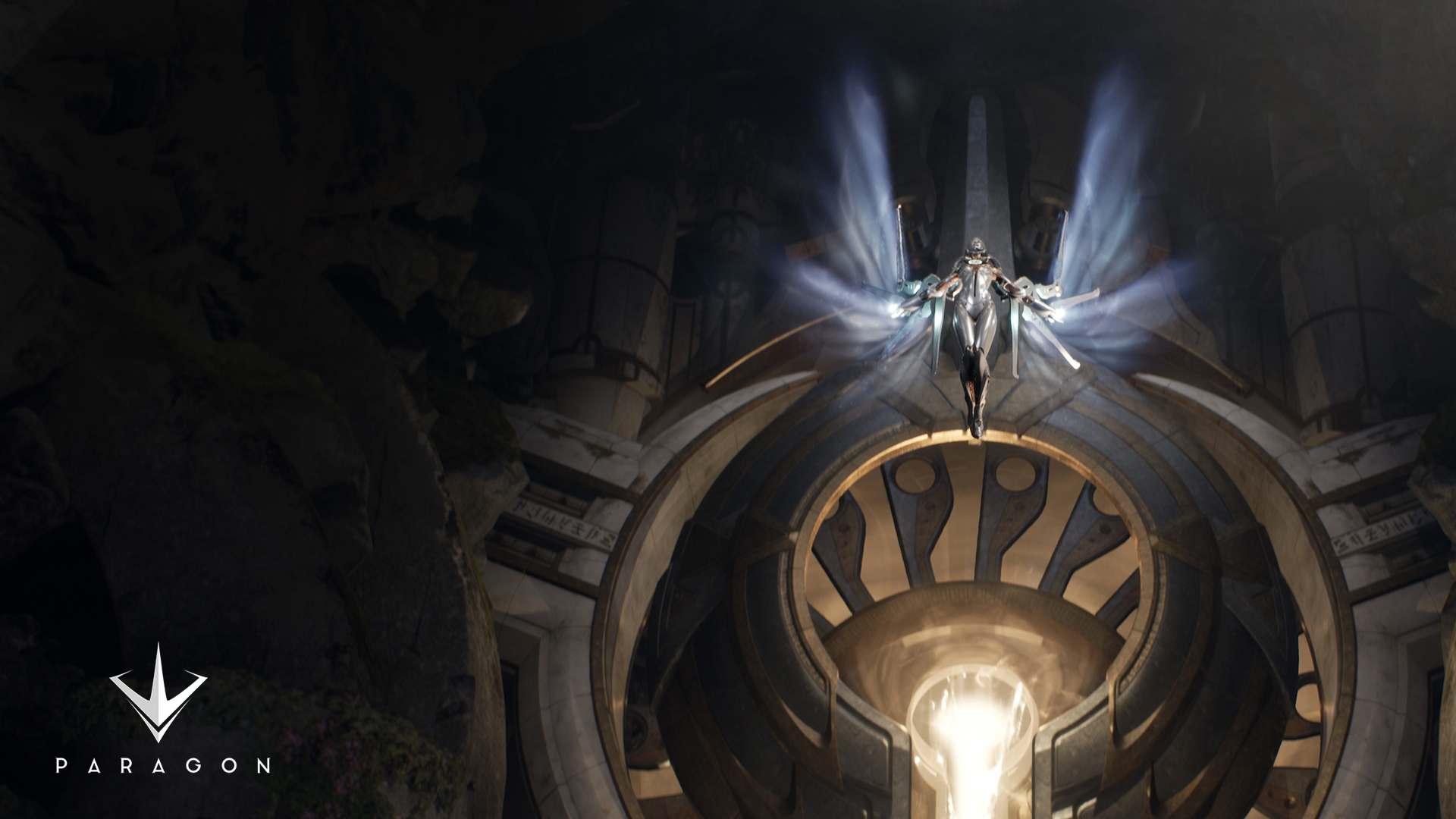

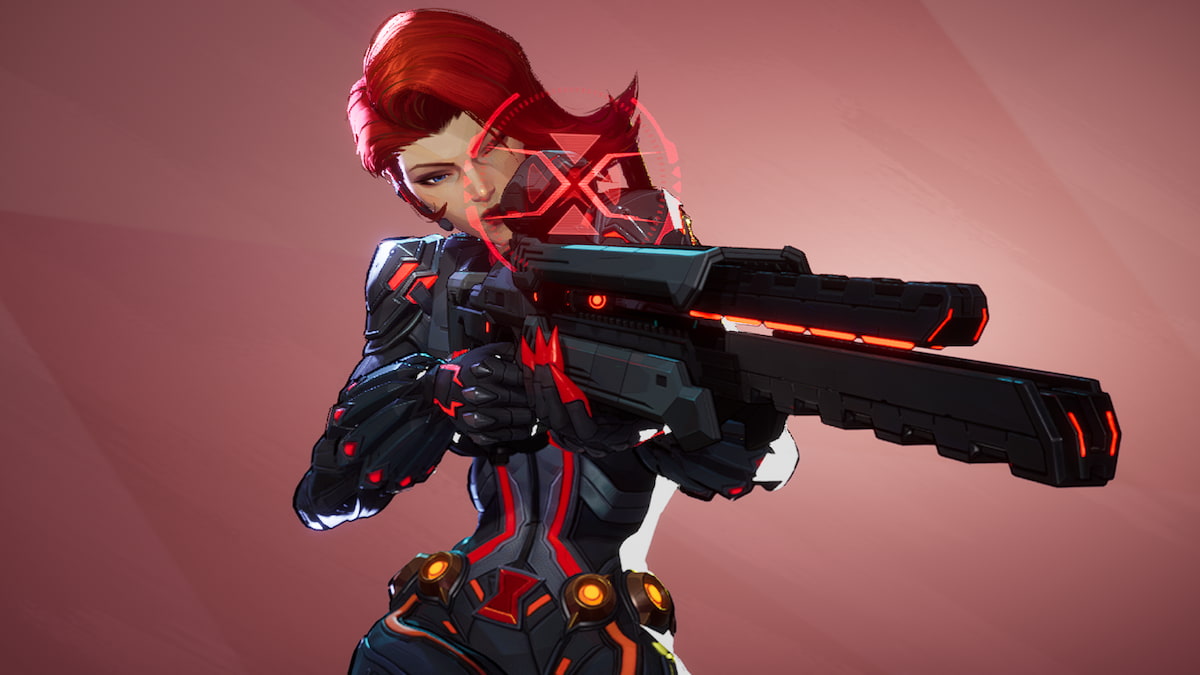

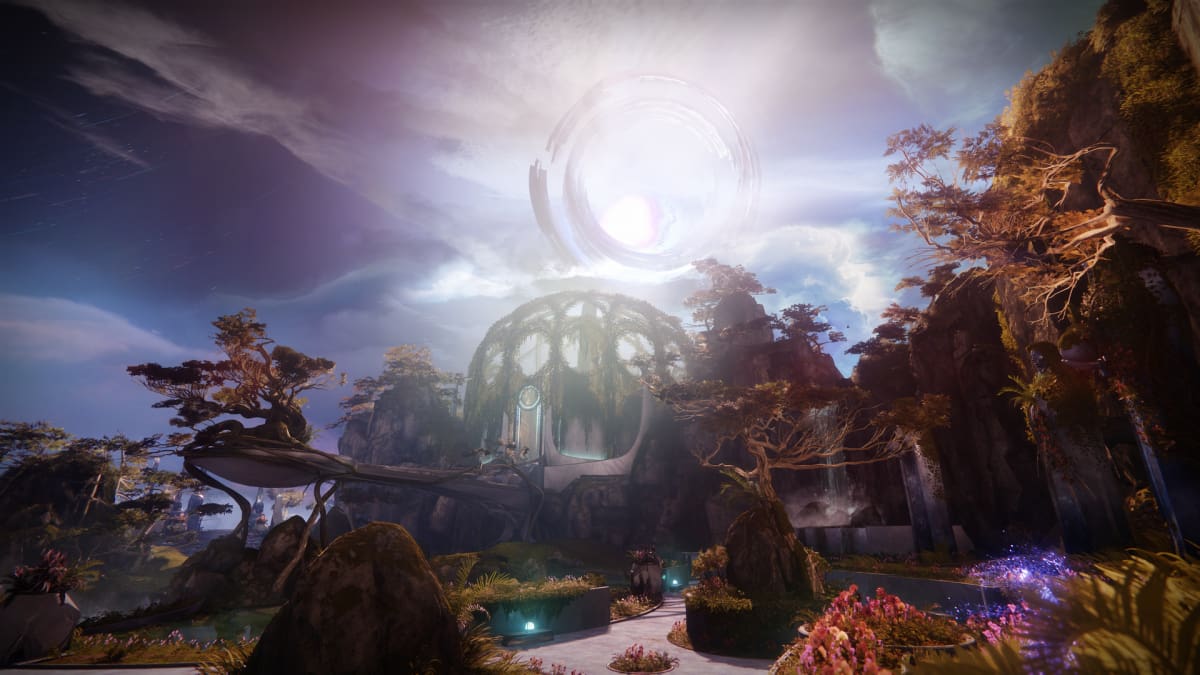

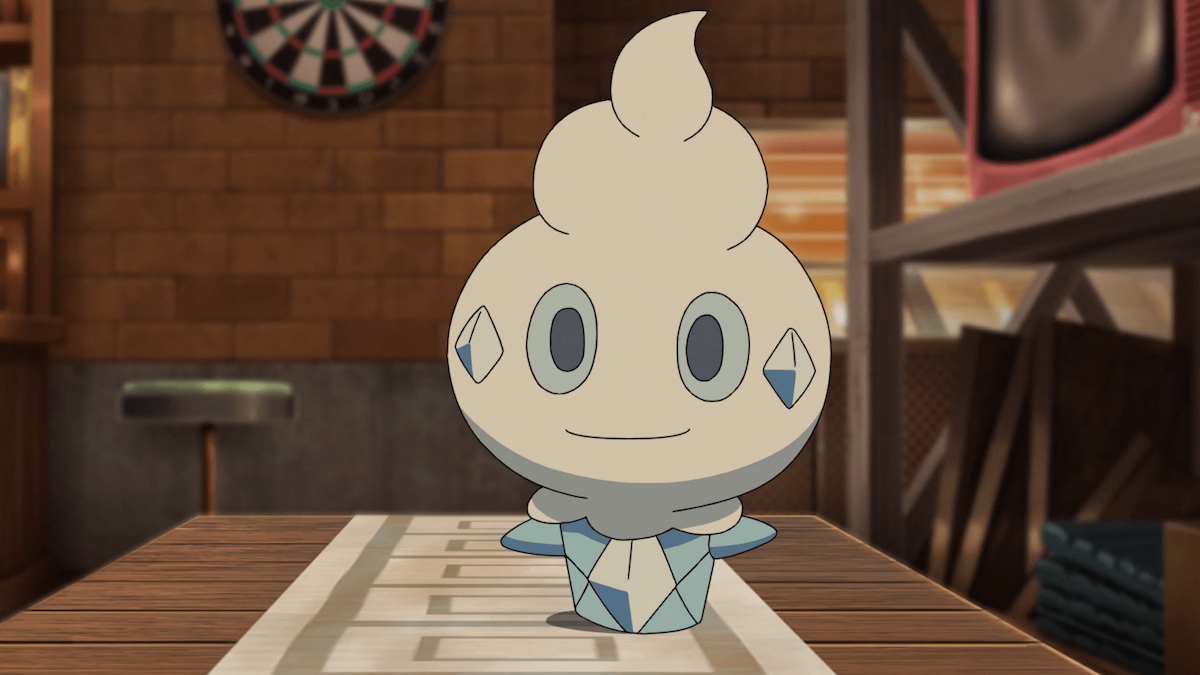
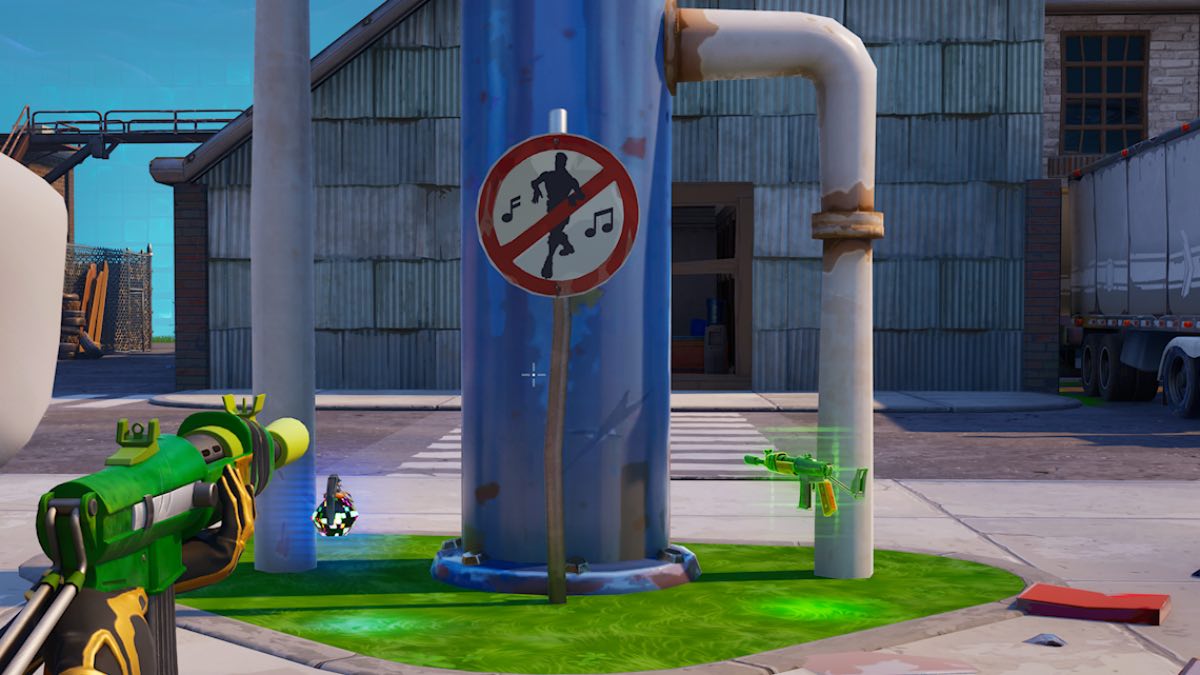
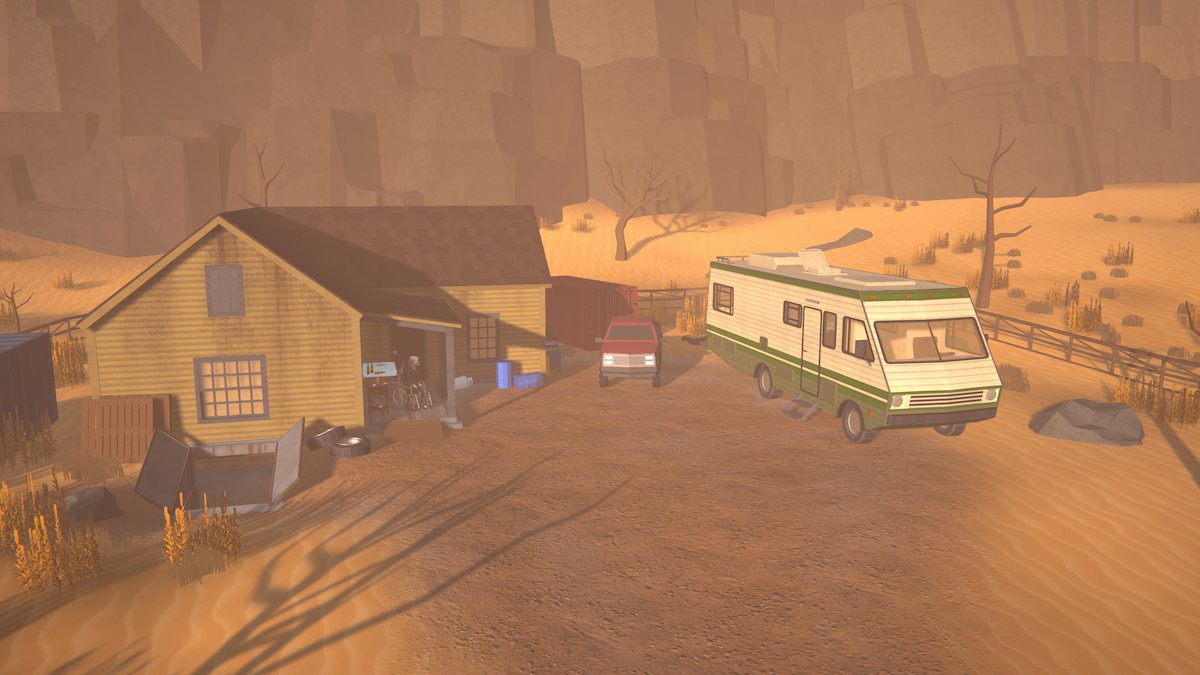

Published: Sep 28, 2016 12:18 pm